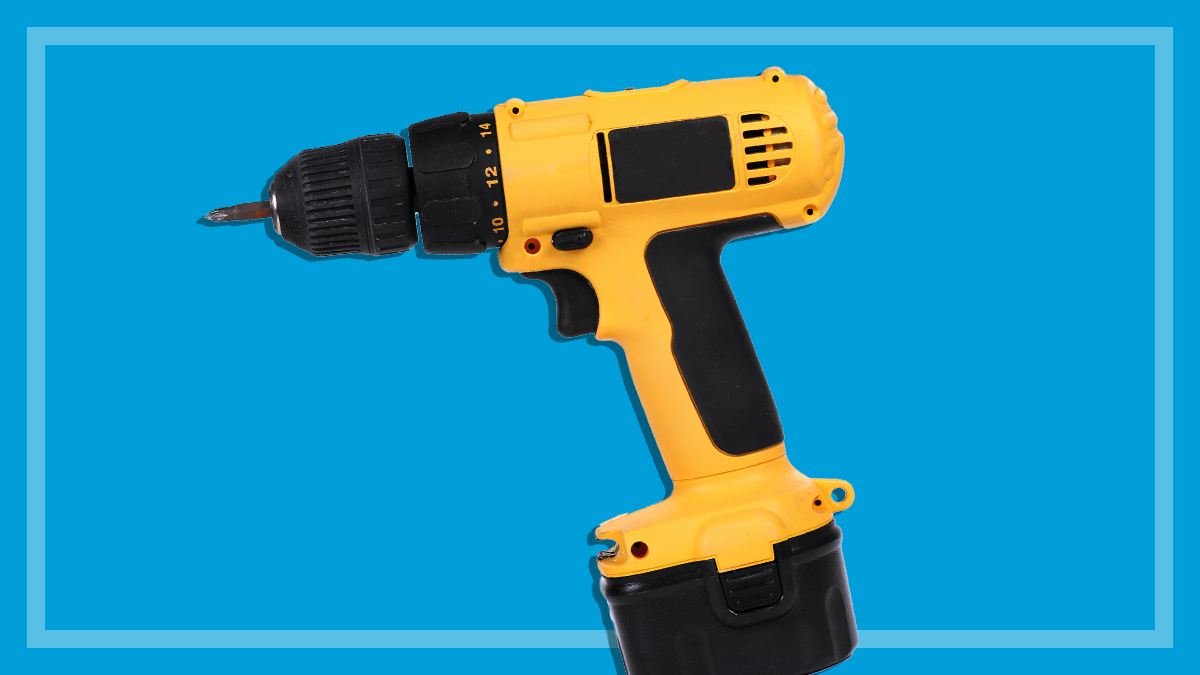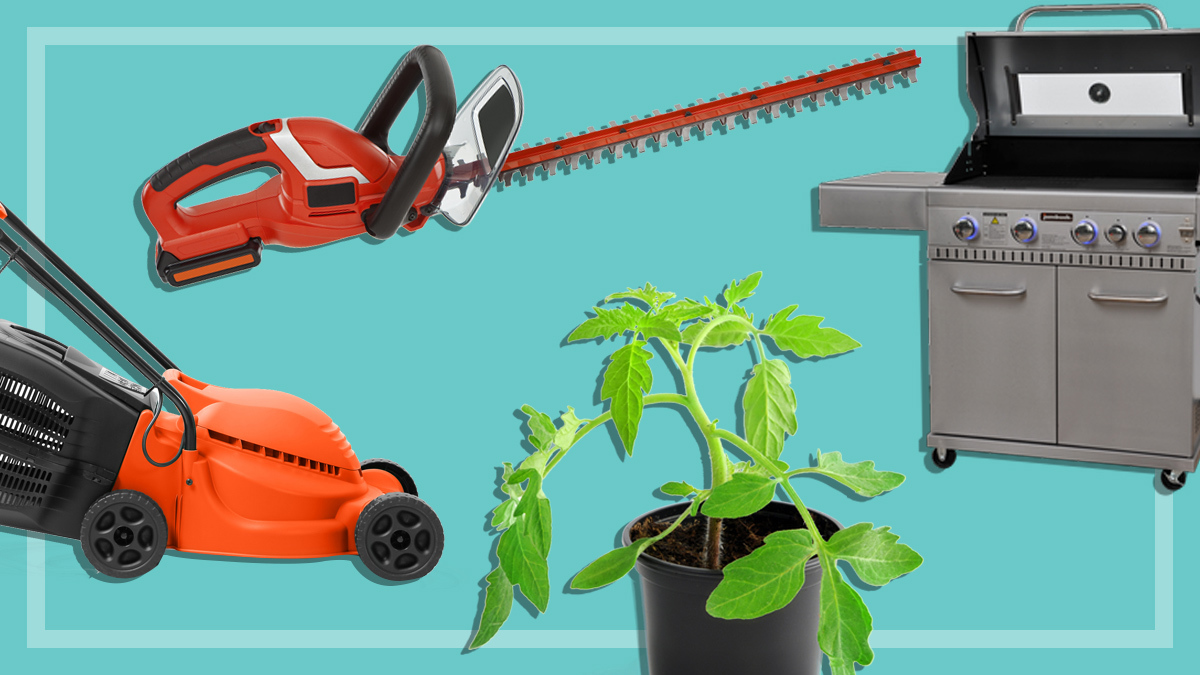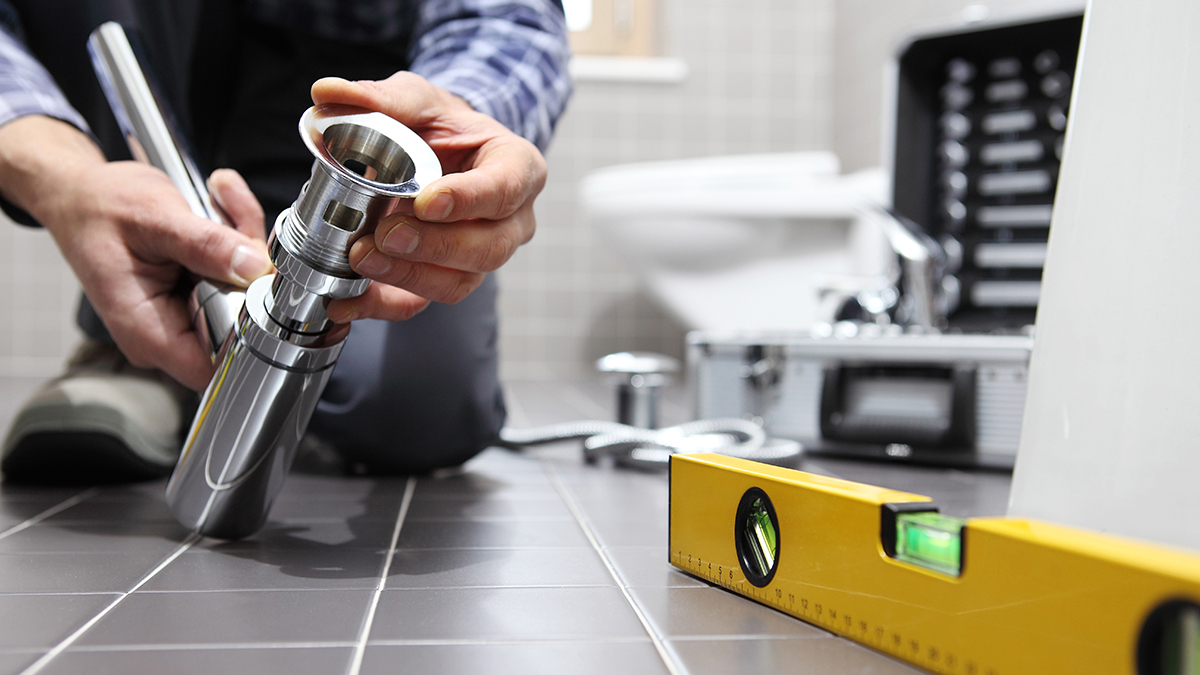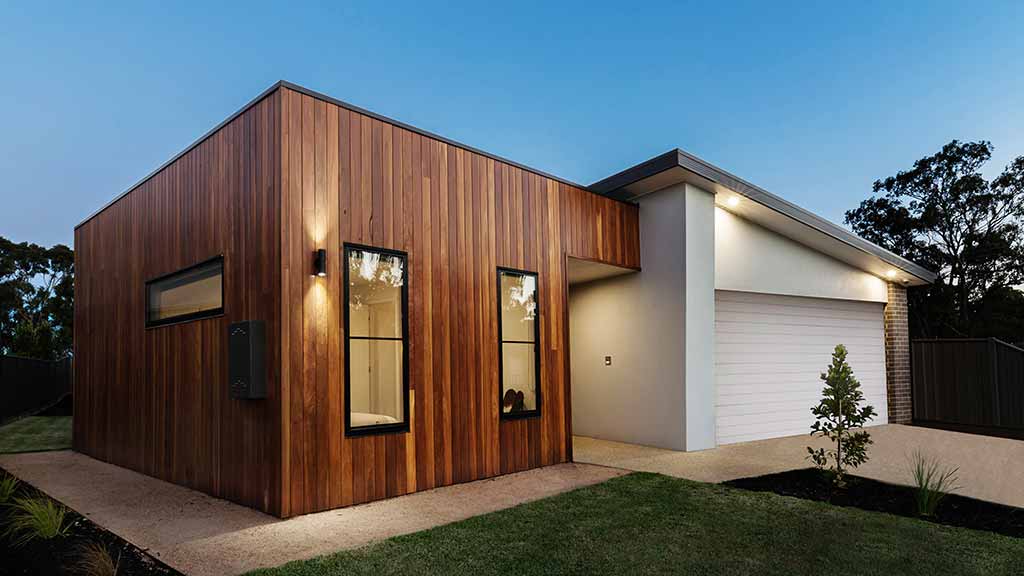Get our independent lab tests, expert reviews and honest advice.
How to buy the right cordless drill for the job
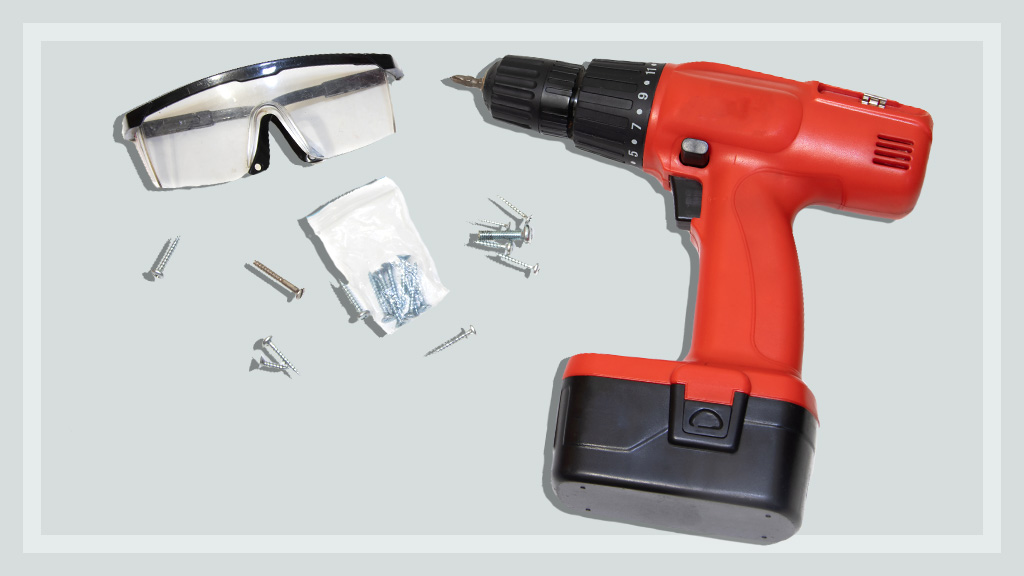
A cordless drill is a must-have tool for the dedicated DIY-er or tradesperson. You’ll want one with lots of power and torque for drilling and screw-driving into a range of materials, a battery pack (or two) with plenty of juice, and useful features such as multiple gear and speed settings.
On this page:
- What are the different drill types?
- What is the chuck size and drill bit?
- Torque and drill speeds explained
- Buying the best drill battery
- Can the battery power other tools?
- Other features to look for
Remember, don’t focus on the bargain when it comes to buying what should be one of the most important parts of your DIY arsenal.
What are the different drill types?
There are two main types of drills: the drill/driver and the hammer drill.
- Drill/drivers are used for drilling holes and driving screws into timber, metal or plastic. This is the most popular type and it’s what we review.
- Hammer drills do the same but also have a hammer setting that rocks the drill bit in and out for drilling into masonry (brick, stone and concrete). They tend to be a bit heavier than drill/drivers.
Beyond this you might also come across rotary hammers, which are essentially a heavy-duty version of the hammer drill and mostly used by tradies, as well as impact drivers, which are designed specifically for driving screws or loosening bolts.
Some people keep two drills, one for drilling and one for driving, as many projects involve both tasks. Many brands offer kits that include a drill/driver and an impact driver for this reason, or other combinations such as drill/driver and hammer drill.
What is the chuck size and drill bit?
The chuck is the part at the end of the drill where the drill bit goes. What’s a drill bit? The thing that you stick in the chuck to drill holes or screws into things.
Drill bits are available in a range of sizes (sold individually or in packs) that you swap out to suit the job. The chuck size indicates the minimum and maximum bit sizes that will fit in the drill. Both the bit and the chuck and measured in millimetres.
Most drills have a maximum chuck size of 13mm, which is large enough for typical home repairs. Smaller and cheaper drills often only have 10mm chucks, which might be enough if you just want to drill some small holes to hang pictures.
The typical minimum chuck size is between 1–2mm, but it’s not uncommon for manufacturers to only state the maximum size. Realistically though, you’re unlikely to need a bit below 1mm for typical home tasks.
Once you insert the drill bit, all you need to do is rotate the chuck until it locks the bit in place. Older drills required a chuck key for this job but almost any recent model will have a keyless chuck that’s much easier to use.
Using the right bit for the job
The instruction manual should include a chart that shows you which bit sizes are suitable for certain materials. For example, the drill may have a maximum chuck size of 13mm, but recommends bit sizes of 10mm or less for drilling into metal. Bits sold separately will also have this information in the box.
You can find all sorts of bits designed for specific tasks such as masonry or glasswork, and even wide diameter ones for drilling big holes. If you’re unsure, it’s best to speak to an expert at your local hardware store. Just remember to tell them the chuck size or better yet, take your drill in and fit the bit before you buy.
Torque and drill speeds explained
Without getting too scientific about it, torque is basically the force that the drill applies when rotating the bit. The amount of power required varies depending on the material you’re drilling into, which is why drills have adjustable torque settings. But torque is also affected by the speed that the drill is operating at, which is why most drills also have a two-speed gearbox, measured in revolutions per minute.
You don’t want your drill to be operating at maximum power all the time. Otherwise, you could overdrive the screw (aka push it in too far) or strip the head. For example, driving a screw into wood at full torque may overdrive the screw and split the wood.
As a general rule: harder materials require more torque and less speed
The torque selector is a range of numbers that wraps around the head of the drill, up near the chuck. All you need to do is rotate it to match the ideal torque for the job. This stops you overdriving or snapping a screw. The clutch should slip when the torque on the screw gets too high, stopping the drill head from turning, so a wide range of clutch settings is useful.
So where does speed come into play? Drill models with a two-speed gearbox give you the option to run the drill at a high or low RPM, which in turn helps you find the ideal settings for your job. While a single-speed model will still have a torque selector, a two-speed gearbox provides that extra little bit of finesse. This is useful as higher speeds equal less torque.
Though the instructions (and a lot of experience) will help you identify the right torque and speed you need, there’s a general rule: harder materials require more torque and less speed.
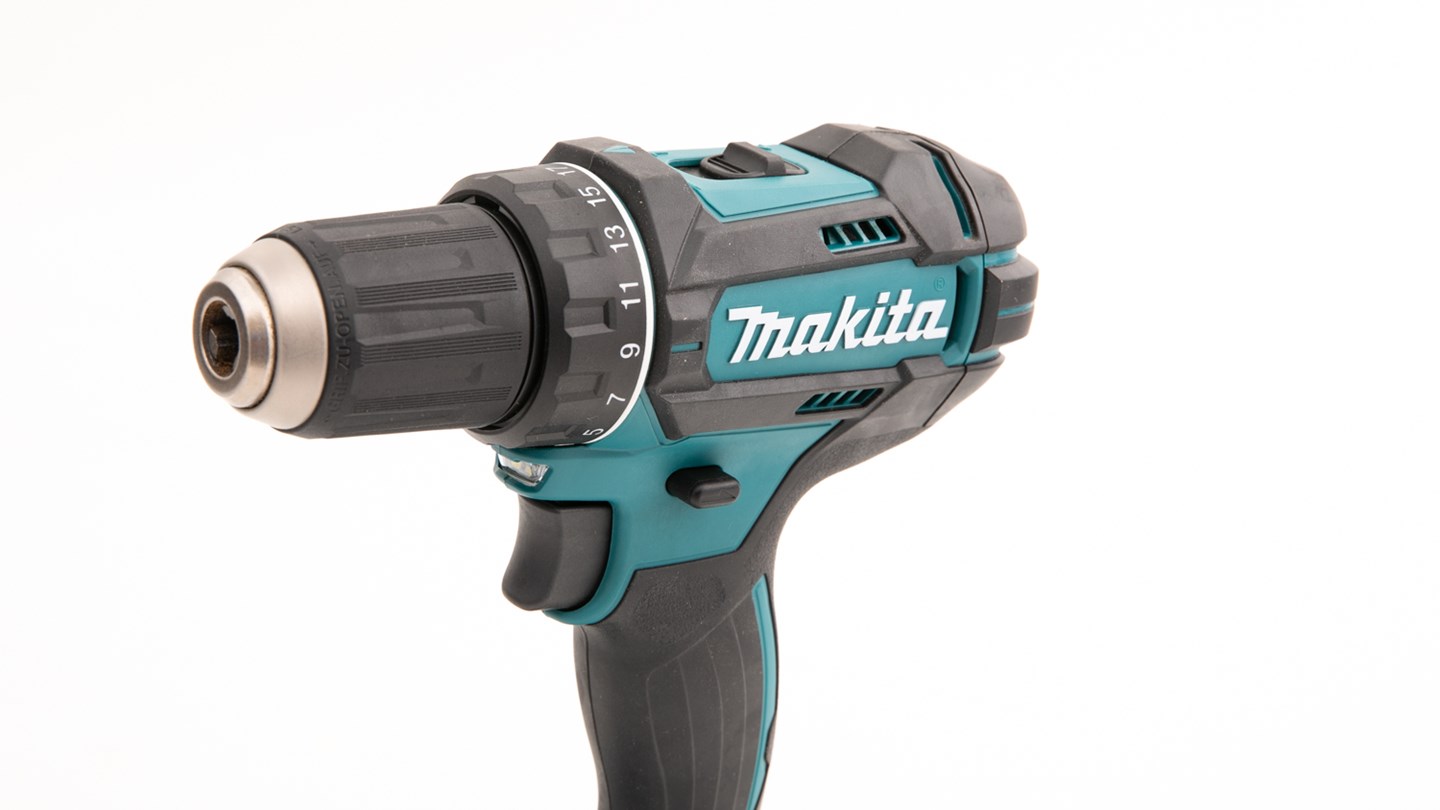
Buying the best drill battery
Lithium-ion (Li-ion) is the standard battery type that you’ll find with almost all cordless drills. Capacity is measured in ampere hours (Ah) and generally speaking the higher the number, the longer the runtime.
You should also consider the claimed charge rate, especially if you’re looking at a higher capacity battery. After all, you don’t want to spend all afternoon waiting for it to recharge when there’s work to be done.
Battery voltage – measured in volts (V) – is a guide to the power you can expect from the drill. More voltage equals better torque on paper, though our tests show that there’s a lot more to performance than just the voltage.
Do you need a second battery?
As we all know, the one time you want to do a job quickly is the time you realise the battery in the drill is dead, so a second battery makes a lot of sense. As with many tools, it’s a lot less expensive to buy a kit with two batteries than it is to buy an extra battery separately later on.
Can the battery power other tools?
Most consumer-grade drills sold at big name retailers include batteries that can be used in other tools from the same manufacturer. Brands such as Ryobi, Bosch and Makita support this swappable system for other tools like line-trimmers, angle grinders and wet dry vacs. These are also known as “skins”.
It’s always worth checking out the range of skins being sold by each manufacturer as you can save a lot of money, and storage space, by staying in the same ecosystem. Of course, you should never buy an inferior product for the sake of convenience, but it may be a good option if you only need basic tools for home repairs and DIY.
Other features to look for
Belt clip: this is useful for short-term, handsfree storage especially if you’re climbing up and down a ladder.
Brushless motor: these are frictionless which makes them more energy-efficient and quieter. They’re also compact, provide higher torque, have better speed control and performance efficiency.
Carry case: these are usually hard or soft. A hard case will protect the drill, battery and accessories but is heavier and bulkier.
Charging cradle: this is an external mount to charge the battery. Particularly handy if you have two batteries, as one can charge while you use the other.
Charge level display: this indicates how much charge is in the battery.
Light: you’d be surprised at how handy an onboard light can be, as you’ll often find yourself working in small, cramped areas with poor lighting.
Reversible direction: this is essential for removing screws from timber or other material. The rotation button or switch should be reachable with your thumb or forefinger without changing your grip.

